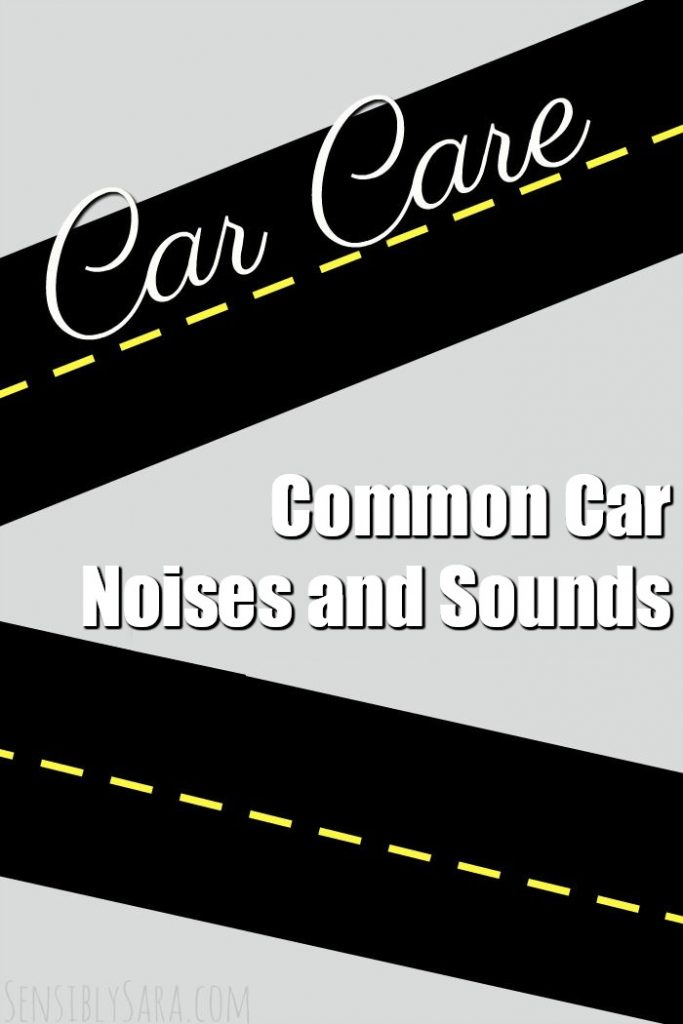Most of the time, noises coming from your vehicle can just appear out of nowhere. You can be driving one minute and the next thing you know, you hear a hissing, rattling or squeaking sound coming from your vehicle. If this happens to you, it’s important to figure out where the noise is coming from and what’s causing the noise.

**Full Disclosure: This is a sponsored post.
Noise when turning the steering wheel – If you hear a growling or whining sound- Most likely caused by a low power steering fluid level. Solution: First, check for any leaks in the power steering system. If there are no leaks, add some power steering fluid.
Noise when starting the vehicle – If you hear a screeching, squeaking or squealing sound- You’ll probably hear this sound, coming from under the hood, as you start the vehicle, which will often goes away after the vehicle has warmed up. Most likely caused by a loose or worn drive belt, also known as a serpentine belt. Solution: Replace the drive (serpentine) belt.
Noise coming from the brakes – If you hear a loud grounding sound- This sound is likely the result of issues with the brakes, specifically the brake pads. A loud grounding sound indicates that there’s no braking material left and the brake pads and rotors are metal on metal. Solution: Replace the brake pads ASAP.
Noise coming from underneath the vehicle – If you hear a chugging, hissing or rattling sound- These three noises are likely caused by a problem with the vehicle’s exhaust system. A chugging sound could be an indication that there’s a blockage in the exhaust system. A hissing sound could mean that there’s either a crack in the exhaust manifold or the exhaust pipe, or there is a leaking gasket. Lastly, a rattling sound may mean that the exhaust system is misaligned. Solution: Take your vehicle to your mechanic to have the problem fixed.
Noise coming from the tires – If you hear a thudding sound- This sound is likely caused by either an improper tire alignment or low air pressure in the tire. Solution: First, check to ensure the tire is inflated to the recommended tire pressure, as set by the tire manufacturer. You can find your vehicle’s recommended tire pressure on a sticker inside the driver’s door or in your vehicle’s owner manual. If the thudding sound still continues, have your mechanic align your tires.
If you are looking for a new car, head over to San Marcos Chrysler Dodge!
Leave a Reply